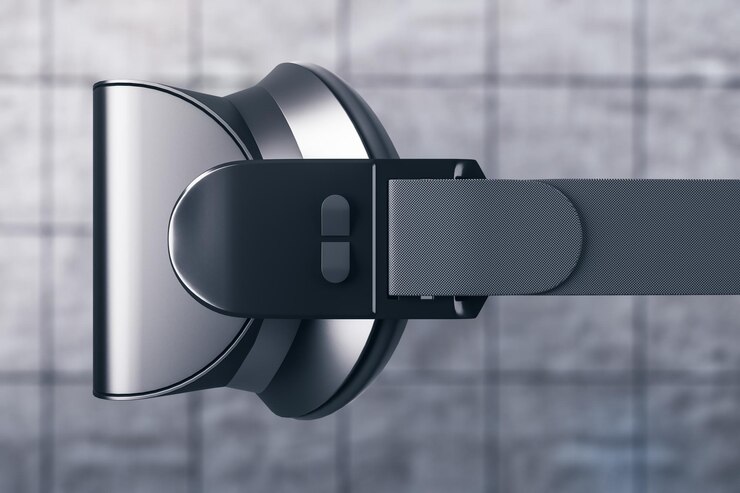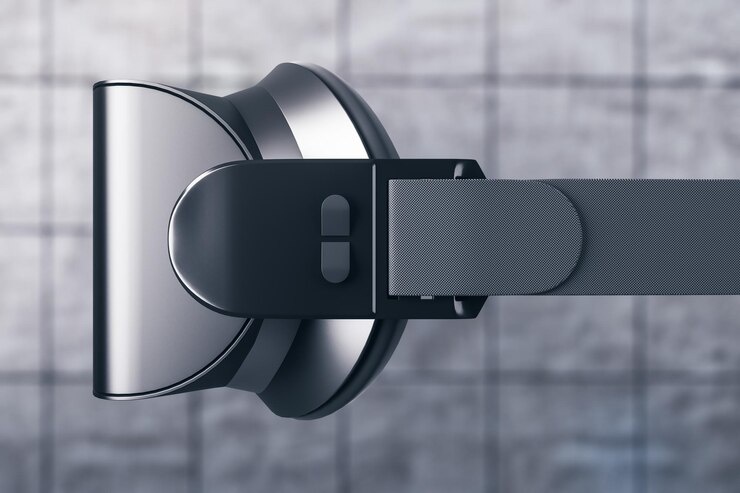A magnetic lock, also known as an electromagnetic lock or maglock, is a device that uses an electromagnet and a metal plate to secure a door. When the electromagnet is powered, it creates a strong magnetic field that attracts the metal plate, which is attached to the door, and keeps it locked. When the electromagnet is de-powered, it releases the metal plate and allows the door to open.
Magnetic locks are widely used for security and access control purposes, as they offer several benefits, such as:
- High holding force: Magnetic locks can withstand a large amount of force, up to 1650 lbs, depending on the model, making them difficult to break or tamper.
- Easy installation: Magnetic locks do not require any drilling or modification of the door or the frame, as they are mounted on the surface. They also do not have any moving parts, such as bolts or latches, that can wear out or malfunction.
- Compatibility: Magnetic locks can work with any type of door, including glass doors, which are often used for aesthetic and functional reasons. They can also be integrated with various access control systems, such as card readers, biometric scanners, or remote controls.
However, installing a magnetic lock on a glass door can be a challenging task, especially if you are not familiar with the different types, features, and functions of these devices. In this blog post, we will guide you through installing a magnetic lock on a glass door.
What are the types of magnetic locks for glass doors?
There are various types of magnetic locks for glass doors, each with distinct benefits and limitations, to suit different needs and preferences. Some of the most common types are:
- Single magnetic locks: These are the simplest and most basic type of magnetic locks, which consist of a single electromagnet and a single metal plate. They are usually installed on single-swing glass doors, where the electromagnet is mounted on the top of the frame, and the metal plate is mounted on the top of the door. They are easy to use and inexpensive but have limited holding force, usually up to 650 lbs.
- Double magnetic locks: These are the most powerful and secure type of magnetic locks, which consist of two electromagnets and two metal plates. They are usually installed on double-swing glass doors, where the electromagnets are mounted on the opposite sides of the frame, and the metal plates are mounted on the opposite sides of the door. They have high holding force, up to 1650 lbs, but they are also more expensive, complex, and require more wiring.
- Shear magnetic locks: These are the most advanced and sophisticated type of magnetic locks, which consist of a special electromagnet and a special metal plate. They are usually installed on sliding or swing glass doors, where the electromagnet is mounted on the side of the frame, and the metal plate is mounted on the side of the door. They have a unique design that allows the metal plate to slide into the electromagnet, creating a shear force that locks the door. They have high holding force, up to 1200 lbs, and high security, but they are also very expensive, difficult to install, and require precise alignment.
How do you install a magnetic lock on a glass door?
To install a magnetic lock on a glass door, you should follow these steps:
- Step 1: Gather your tools. You will need a magnetic lock kit, which includes the electromagnet, the metal plate, the wiring, and the mounting hardware. You will also need a drill, a screwdriver, a level, a tape measure, a pencil, and a wire stripper. You may also need some additional tools, such as a hammer, a chisel, a saw, or a soldering iron, depending on the type of magnetic lock and the type of door you have.
- Step 2: Prepare to install the thin metal plate on the door. Depending on the configuration of your door, you may need to use mounting brackets to install the metal plate onto the glass door. Parallel to the electromagnet, install the customized U-shaped metal plate on the glass panel. You should mark the position of the metal plate on the door using the level, the tape measure, and the pencil, and make sure that it aligns with the electromagnet on the frame. You should also drill the holes for the screws or bolts if needed.
- Step 3: Screw the thin metal plate onto the door. Using the screwdriver, the screws or bolts, and the washers, secure the metal plate onto the door. Ensure the metal plate is firmly attached and does not move or wobble. You should also check the clearance between the metal plate and the electromagnet and ensure it is within the recommended range, usually 1-3 mm, depending on the model.
- Step 4: Prepare to install the electromagnet portion of the lock on the doorframe. Depending on the configuration of your door, you may need to use mounting brackets to install the electromagnet onto the doorframe. You should mark the position of the electromagnet on the frame using the level, the tape measure, and the pencil, and make sure that it aligns with the metal plate on the door. You should also drill the holes for the screws or bolts if needed.
- Step 5: Screw the electromagnet to the door frame. Using the screwdriver, the screws or bolts, and the washers, secure the electromagnet onto the frame. Make sure that the electromagnet is firmly attached and does not move or wobble. You should also check the alignment and the clearance between the electromagnet and the metal plate and ensure they are within the recommended range, usually 1-3 mm, depending on the model.
- Step 6: Wire the magnetic lock to the power supply and the access control system. Using the wire stripper, the wiring, and the connectors, connect the magnetic lock to the power supply and the access control system, such as a card reader, a biometric scanner, or a remote control. You should follow the wiring diagram and the instructions the manufacturer provided and ensure that the polarity and the voltage are correct. You should also use a conduit or a cable tray to protect the wiring from damage or exposure.
- Step 7: Test the magnetic lock and the access control system. After wiring the magnetic lock, you should test it and the access control system to ensure that they work properly and safely. You should power on the magnetic lock and the access control system and try to open and close the door using the access control device, such as a card, a fingerprint, or a button. You should also test the emergency release or the backup power, if available, in case of a power outage or a fire.
Conclusion
Installing a magnetic lock on a glass door can be a convenient, efficient, and cost-effective way to secure and manage access to your premises. However, it can also be a challenging and confusing task, especially if you are not familiar with the different types, features, and functions of these devices. Therefore, it is important to do your research, compare your options, choose your magnetic lock, and install it carefully and wisely to ensure that you get the best magnetic lock for your glass door that meets your needs and expectations.



No comments yet